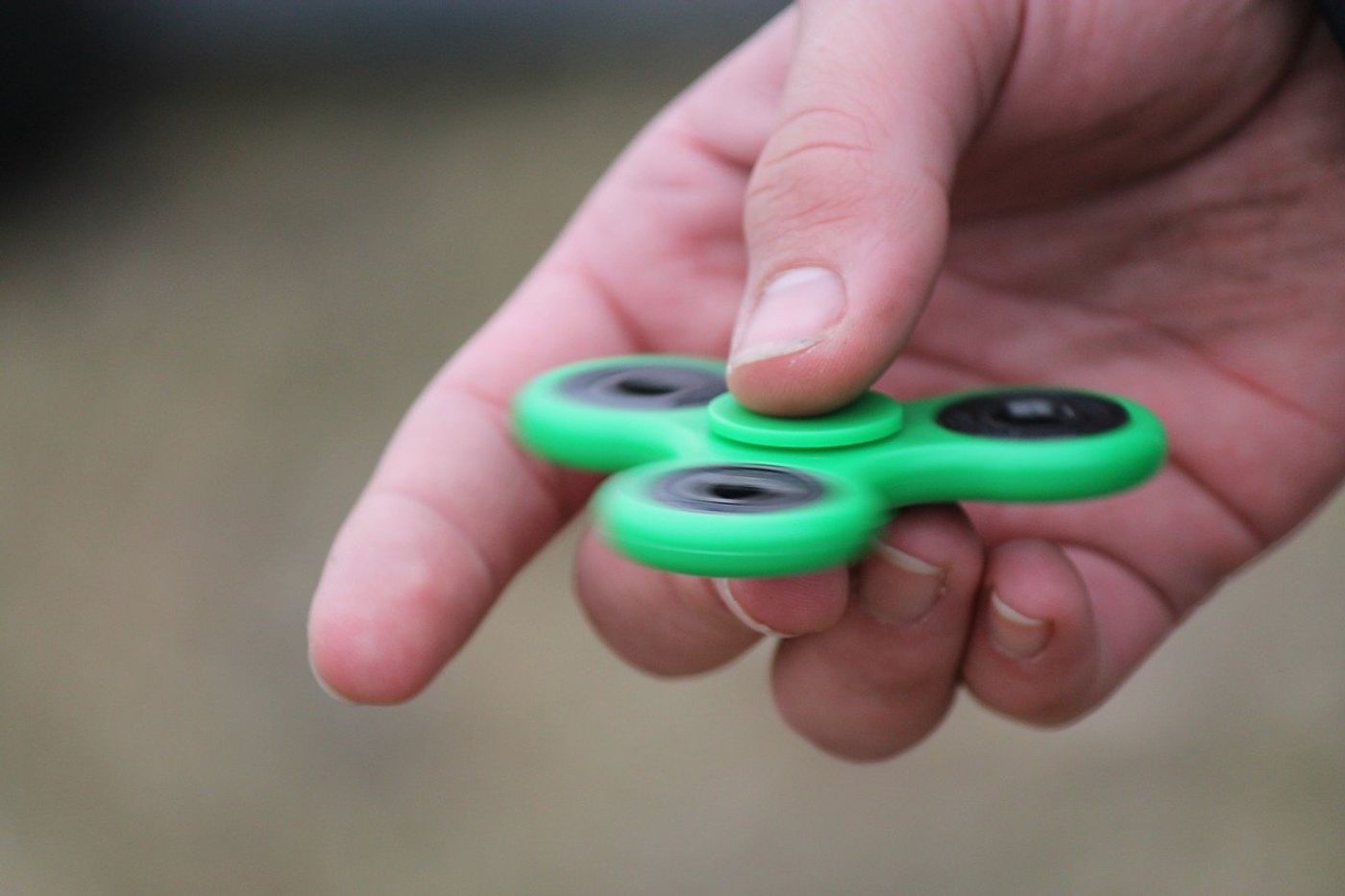Fidget Spinner Diagnoses Infections
The fidget spinner toy craze took the world by storm — a small, boomerang-shaped gadget that rotates hypnotically around a ball bearing with a flick of the fingers. South Korean researchers have used this addictive toy as inspiration for a new point of care diagnostic device for detecting infections.
Bacterial pathogens cause an enormous medical and economic burden globally — a problem worsened by antibiotic resistance and diagnostic challenges. For many in developing countries, accessing microbiological testing labs is not an option. Consequently, millions die due to treatable infections year after year. The problem is just as prevalent closer to home. In the United States, close to 3 million infections and 35,000 deaths occur annually as a result of antibiotic-resistant pathogens.
The race to find simple, affordable and reliable diagnostic technologies has seen scientists searching outside the box for answers. Researchers at the Center for Soft and Living Matter, within the Institute for Basic Science in South Korea recently reported a new invention, called the diagnostic fidget spinner (Dx-FS): a pocket-sized device that uses centrifugal forces and fluid dynamics to warn the user of the presence of bacteria in a small volume of biological fluid. The research was published in Nature Biomedical Engineering.
“Though the centrifugal force serves as an “engine” of the device, the force is felt more strongly in the outer path as it acts outwardly away from the center of rotation. The imbalanced impact of the centrifugal force keeps some of the sample left in the membrane,” said Cho Yoon-Kyoung, corresponding author of the study.
“Therefore, one or two spins were enough to filter 1 mL of sample despite large variation in the spin speed among different operators with different hand power,” Cho added.
The scientists describe a novel fluid-assisted separation technology which, with a couple of spins with a finger, forces fluid flow across a membrane and concentrates bacteria providing diagnostic answers in just under an hour. This is a far cry from complicated bacterial culture techniques commonly used in medical diagnostics, which can take days to weeks for patients to receive their reports.
A validation experiment using urine samples from patients suspected of having urinary tract infections (UTIs) highlighted Dx-FS’ potential to revolutionize how infections are approached clinically. Not only did the diagnostic tool provide results comparable to gold-standard culture methods, but the testing revealed that nearly 60 percent of UTIs were either over- or under-treated with antibiotics — an outcome which could be completely avoided with better diagnostic measures.
Sources: Nature Biomedical Engineering, Technology Networks.









